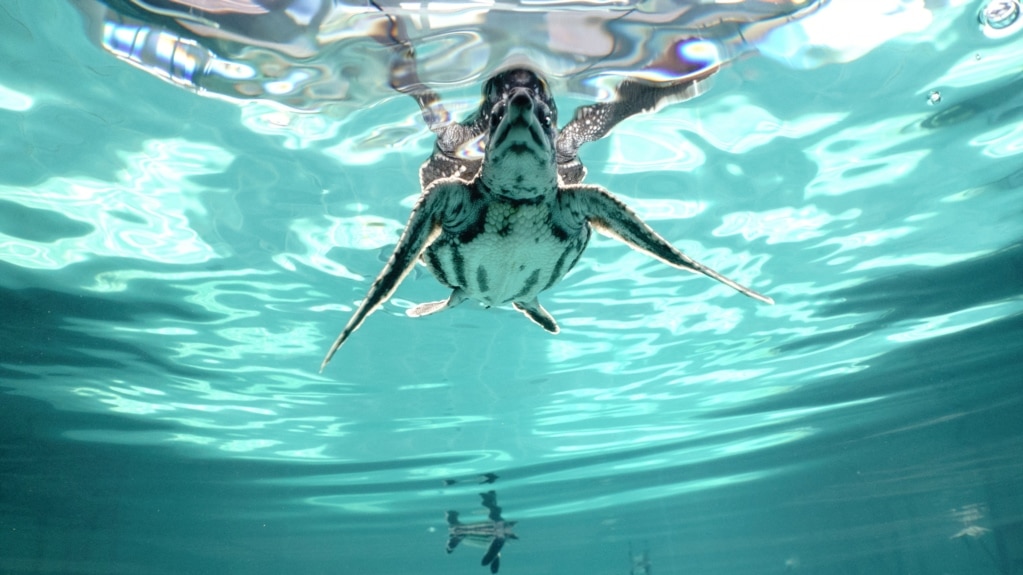Scientists in Thailand have released a group of endangered sea turtles in an effort to save the wild population.
A total of 11 baby leatherback sea turtles were recently released into the Indian Ocean from Thailand’s vacation island of Phuket. The researchers are hoping the one-year-old turtles will get strong in the wild and return in 20 years to reproduce.
The release follows an intense conservation effort in recent years that centered on improving longtime survival rates for the sea creatures. In 2018, scientists discovered that leatherback sea turtles had returned to lay eggs in southern Thailand.
Some stronger members of that group successfully entered the ocean, but others died after hatching. So, a program was launched to help the weak baby leatherbacks grow, said Pinsak Suraswadi. He is the Director-General of Thailand's Department of Marine and Coastal Resources.
Thailand is one of five countries – including Sri Lanka and Canada – that has been able to keep leatherback turtles in good health through their first year. Usually, a leatherback will lay eggs after 20 to 25 years.
The baby sea turtles, released last month, have satellite devices attached to them to follow their progress. The release was part of an international effort by the nonprofit conservation organization Upwell Turtles.
Pinsak told Reuters news agency that it is necessary for researchers to study the animals’ travel path in order "to understand where they are going.” This helps the group know which measures to launch to protect the turtles’ hatching process.
Leatherback sea turtles are believed to have developed more than 150 million years ago. But the animals are now extremely endangered in the Pacific area. The World Wildlife Fund estimates the current population in the Pacific to be fewer than 2,300 adult females.
While in the ocean, the turtles face dangers from fishing equipment, eating plastic waste and coming in contact with poisonous substances.
"I'm happy to know whether our effort in nurturing the leatherback sea turtles for a year proves fruitful or not," said Hirun Kanghae. He is with Thailand’s Phuket Marine Biological Center.
"If they survive it answers everything about the conservation and population restoration of the leatherback sea turtles in the best way possible," Hirun added.
I’m Bryan Lynn

